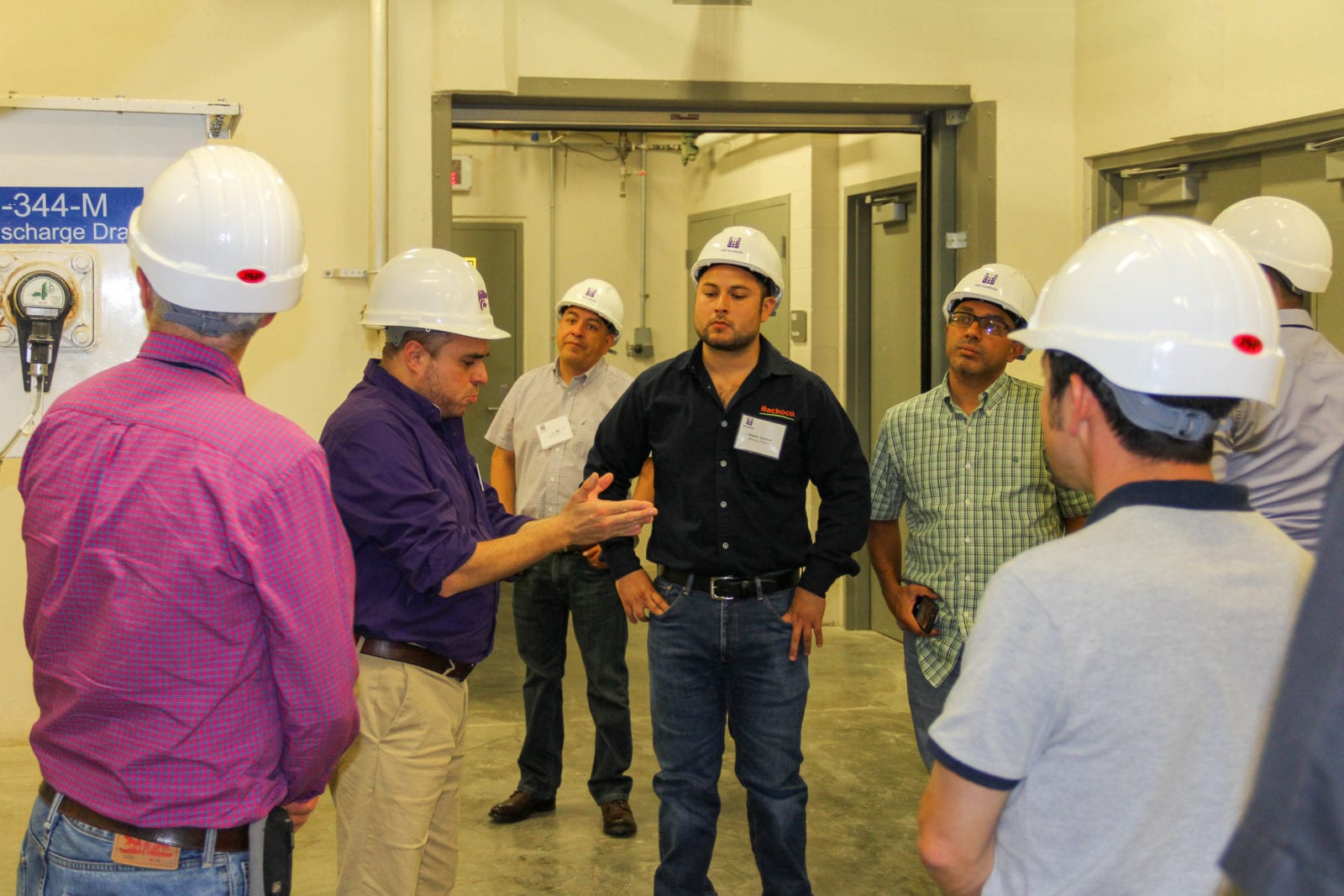Latin American Feed Millers Attend RAPCO Feed Manufacturing Course
- Category:
- Animal Utilization
- General News

Current 2018 United States Department of Agriculture (USDA) projections indicate that over two million bushels of U.S. soybeans will be exported globally and are likely to be used as a feed ingredient for various livestock species. In order for participants to learn more about feed manufacturing, USSEC partnered with the IGP Institute to offer the USSEC Regional Agriculture Production Course (RAPCO) Feed Manufacturing Course held August 21-24, 2018.
The training hosted 30 feed millers from Latin America to learn the proper methods of feed storage, feed safety, pelleting, extrusion processing, feed mill design, quality control, and other topics. The feed mill operators were provided with basic level feed manufacturing modules through distance education before arriving onsite. Once at the IGP Institute, the program covered advanced level topics and gave participants the opportunity to learn through hands-on lectures.
“We covered receiving the ingredients all the way to how the processing affects the nutrition,” says Carlos Campabadal, feed manufacturing specialist and course coordinator. “Other course topics included how to know the different quality of soybeans and soybean meal from origin, and how to store soybean meal in tropical weather locations.”
The course participants were able to find a variety of information from each topic that can be applied in their home country.
“There are a lot of variables that go into making a good pellet and it has been really difficult for us because a lot of the feed we deliver is bulk feed,” says Juan González, nutritionist at Colanta. “With all the ideas and information we gain, I am going back to Colombia trying to make a better pellet so that when our feed reaches the farm it is in a condition that is very acceptable to the producer and to the co-op.”
Along with lectures and presentations, course participants took part in labs at the Kansas State O.H. Kruse Feed Technology Center to gain a better understanding of feed manufacturing through demonstrations.
“The IGP buildings and the equipment are in excellent condition,” says González. “We have a lot of opportunities here to learn and share that information when we go back home.”

